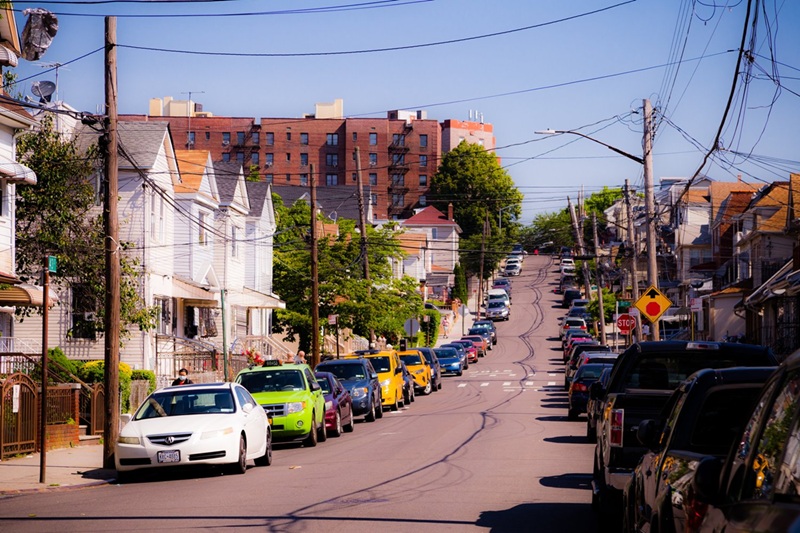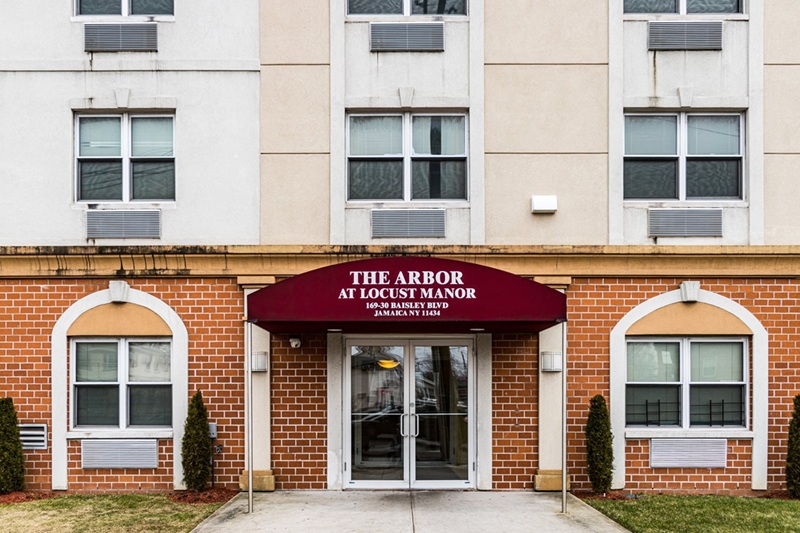
Briarwood is a diverse, residential neighborhood in central Queens, New York, known for its suburban feel, tree-lined streets, and strong sense of community. Situated between the neighborhoods of Jamaica and Kew Gardens, Briarwood offers a blend of quiet living with convenient access to the urban amenities of Queens and Manhattan. The area’s mix of single-family homes, apartment buildings, and excellent transportation options makes it a desirable location for families, young professionals, and commuters alike.
History of Briarwood
Briarwood’s development began in the early 20th century, though the area itself was originally farmland. In the 1920s and 1930s, Briarwood began to transition into a residential neighborhood as part of the broader suburban expansion of Queens. The development of the Long Island Rail Road (LIRR) and the creation of major roadways made the area more accessible to city dwellers, particularly those seeking an escape from the crowded urban environment of Manhattan.
The neighborhood’s name, “Briarwood,” is thought to be derived from the English term for a wood or forest area with thorns and briars, reflecting the natural landscape before development. As the area grew, Briarwood evolved into a quiet residential neighborhood, attracting a mix of working-class families and commuters. Today, Briarwood maintains much of its original suburban charm, though it has experienced some urbanization and growth over the years.
Character of the Neighborhood
Briarwood offers a blend of suburban tranquility and urban convenience, making it an appealing neighborhood for those looking to live in New York City without the chaos of more densely populated areas. The neighborhood is primarily residential, with a mix of single-family homes, low-rise apartment buildings, and some larger multi-family structures. Many of the homes in Briarwood feature classic architectural styles, including Tudors, Colonials, and ranch-style houses.
The streets of Briarwood are lined with mature trees and well-maintained homes, creating a quiet, family-friendly environment. The neighborhood has a strong sense of community, with residents often engaging in local events and activities. Despite its proximity to more commercial areas like Jamaica and Flushing, Briarwood retains a suburban atmosphere, making it an ideal location for families and retirees.
Community and Culture
Briarwood has a welcoming, diverse community, with people from various cultural and ethnic backgrounds. The area has seen an influx of immigrants from Latin America, South Asia, and other parts of the world, contributing to the vibrant and multicultural character of the neighborhood. Briarwood offers a range of cultural experiences, from local eateries and businesses that reflect the diverse backgrounds of its residents to various places of worship, including churches, synagogues, and mosques, which help bring the community together.
There is a strong sense of neighborliness in Briarwood, with many residents organizing and participating in community events and neighborhood watch programs. The community actively works together to maintain a clean and safe environment, and local organizations often sponsor events such as holiday celebrations, food drives, and cultural festivals.
While Briarwood is known for its quiet, suburban feel, its diversity gives it an energy and vibrancy that makes it a unique part of Queens.
Schools and Education
Briarwood is served by a variety of public and private schools, making it an attractive area for families with children. The neighborhood is part of the New York City Department of Education system, and schools in the area generally receive positive reviews. Briarwood’s public schools include P.S. 117, which is a local elementary school, and J.H.S. 217 Robert A. Van Wyck, which serves middle school students. For high school students, there are several options in the surrounding areas, including Hillcrest High School and Jamaica High School.
In addition to public schools, Briarwood is located near several private schools, providing families with a range of educational choices. The neighborhood is also relatively close to higher education institutions, such as Queens College, making it an attractive area for students and faculty members.
Parks and Recreation
While Briarwood is a primarily residential neighborhood, it is surrounded by several parks and green spaces, offering residents ample opportunities for outdoor recreation. The nearby Kissena Park, one of the largest parks in Queens, is a popular destination for local residents. The park features a large pond, walking paths, sports fields, playgrounds, and picnic areas, making it an ideal spot for family outings, jogging, and enjoying nature.
Additionally, the nearby Queens Botanical Garden, located in Flushing, provides a peaceful escape with beautifully landscaped gardens and walking trails. Residents of Briarwood can easily take advantage of these nearby green spaces for outdoor activities, and the proximity to Kissena Park offers opportunities for sports and relaxation.
Transportation and Accessibility
Briarwood is well-connected to the rest of New York City, making it an attractive location for commuters. The neighborhood is served by the Long Island Rail Road (LIRR), with the Briarwood station located on the LIRR’s Port Washington Branch. The LIRR provides quick access to Manhattan, with travel times of around 25 minutes to Penn Station. This makes Briarwood an appealing choice for commuters who work in the city but prefer a quieter, suburban environment to return to at the end of the day.
In addition to the LIRR, Briarwood is served by several New York City subway lines, including the E and F trains, which stop at the nearby Jamaica–Van Wyck subway station. These lines provide quick access to major destinations in Queens, Manhattan, and Brooklyn. Additionally, multiple bus routes run through the neighborhood, offering further transportation options.
Briarwood’s proximity to major highways, such as the Van Wyck Expressway and the Grand Central Parkway, makes it easily accessible by car, providing convenient connections to other parts of Queens, Brooklyn, and Long Island.
Challenges and Development
Like many neighborhoods in Queens, Briarwood faces the pressures of development and gentrification. As the demand for housing in New York City continues to rise, there is concern that property values could increase, potentially altering the character of the neighborhood. The rise in demand for real estate in surrounding areas has led to some changes in Briarwood, with new apartment buildings and condos being constructed, but the neighborhood has managed to retain much of its suburban charm.
Traffic congestion can also be an issue in Briarwood, especially during rush hours, when commuters traveling to and from the city use local streets to access major highways and transportation hubs.
Conclusion
Briarwood is a hidden gem in the heart of Queens, offering a peaceful, suburban environment with easy access to the bustling urban life of New York City. With its diverse community, tree-lined streets, excellent schools, and proximity to parks and transportation, Briarwood is an attractive option for families, young professionals, and anyone seeking a quiet yet connected neighborhood. While facing challenges such as development pressures and traffic congestion, Briarwood continues to maintain its unique charm and strong sense of community, making it a desirable place to call home in Queens.

